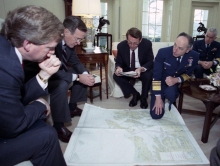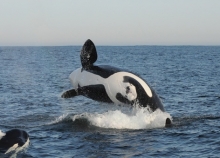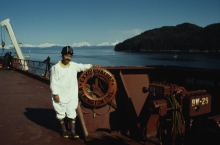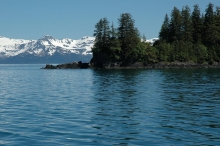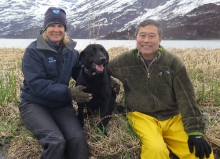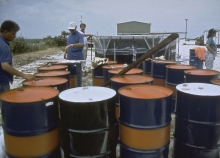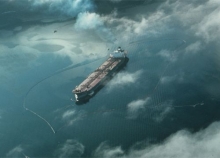Posts tagged with
Exxon Valdez oil spill
Thanks, Oil Pollution Act: 30 Years of Enabling Environmental Restoration After Oil Spills
alyssa.gray
Wed, 08/12/2020 - 13:47
An Oil Spill’s Silver Lining, Over Three Decades After Exxon Valdez
alyssa.gray
Tue, 08/04/2020 - 04:58
More Than Two Decades Later, Have Killer Whales Recovered from the Exxon Valdez Oil Spill?
alyssa.gray
Mon, 02/10/2020 - 14:36
Minds Behind OR&R: Meet Marine Biologist Gary Shigenaka
alyssa.gray
Wed, 07/31/2019 - 12:31

